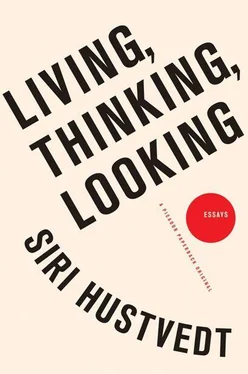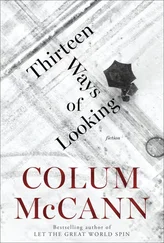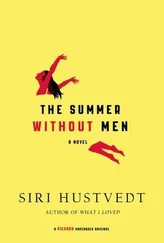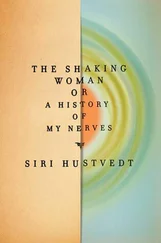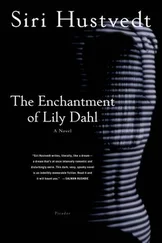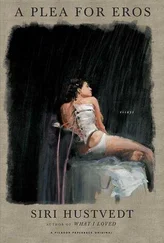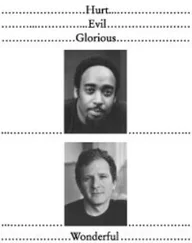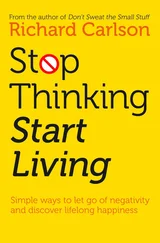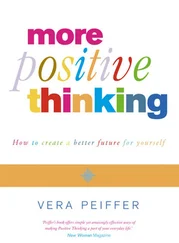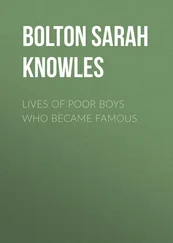Martin Buber doesn’t treat mothers and infants in his I/Thou dialectic, but the ideal dialogue he describes of openness to the other, of communication that is not dependent on speech, but which can happen in silence “sacramentally,” is perhaps most perfectly realized in the mother/child couple. Especially in the first year, a mother opens herself up to her baby. As D. W. Winnicott writes in The Family and Individual Development, she is able to “drain interest from her self onto the baby.” A mother, he adds, in his characteristically lucid way, has “a special ability to do the right thing. She knows what the baby could be feeling like. No one else knows. Doctors and nurses know a lot about psychology, and of course they know a lot about body health and disease. But they do not know what a baby feels like from minute to minute because they are outside this area of experience.” 7Imagining what your baby feels like by reading her carefully and responding to her is a mother’s work; it is a first/second-person business, and it brings with it ongoing gratification for both sides of the dyad. It is also, as Allan Schore makes clear in his book Affect Regulation and the Origin of the Self, essential to the neurobiological development of the infant.
Maternal desire is a subject fraught with ideology. From the screaming advocates of “family values” to those whose agenda makes it necessary to replace the word “mother” with “caregiver” at every opportunity, popular culture trumpets its competing narratives. In a country where human relationships are seen as entities to be “worked on,” as if they were thousand-piece puzzles that only take time to complete, the pleasure to be found in one’s children, the desire we have for them falls outside the discussion. It is not my intention to be a Romantic. Parenthood can be grueling, boring, and painful, but most people want their children and love them. As parents, they are, as Winnicott said about mothers: “good enough.” This “good enough” is not perfection but a form of dialogue, a receptiveness that doesn’t impose on the child the monologic desires of the parents, but recognizes his autonomy, his real separateness.
Every week, I teach a writing class to inpatients at the Payne Whitney psychiatric clinic. My students are all people who find themselves in the hospital because life outside it had become unbearable, either to themselves or to other people. It is there that I’ve witnessed what it looks like to have no desire or very little desire for anything. Psychotic patients can be electrifying and filled with manic, creative energy, but severely depressed patients are strangely immobile. The people who come to my class have already put one foot in front of the other and found their way into a chair, which is far more than some of the others can do — the ones who remain in their rooms, inert on their beds like the living dead. Some people come to class but do not speak. Some come but do not write. They look at the paper and pencil and are able to say they cannot do it, but will stay and listen. One woman who sat rigidly in her chair, hardly moving except for the hand that composed her piece, wrote of a morgue where the bodies were laid out on slabs, their mouths opened to reveal black, cankerous tongues. “That’s why we’re here,” she said after she had finished reading it aloud, “because we’re dead. We’re all dead.” As I listened to her words, I felt cut and hurt. This was more than sadness, more than grief. Grief, after all, is desire for the dead or for what’s been lost and can never come again. Grief is longing. This was stasis without fulfillment. This was the world stopped, meaning extinguished. And yet, she had written it, had bothered to record this bleak image, which I told her frightened me. I said I had pictured it in my mind the way I might remember some awful image in a movie, and I tried to hold her with my eyes, keep her looking at me, which I did for several seconds. When I think of it now, bringing up film might have been defensive on my part, a way of keeping some distance between me and that morgue (where I’ll end up sooner or later). Nevertheless, I’ve come to understand that what I say is often less important to the students than my embodied attention, my rapt interest in what is happening among us, that they know I am listening, concentrated, and open. I have to imagine what it feels like to be in such a state without coming unglued myself.
I don’t know what that woman’s particular story was or why she landed in the hospital. Some people come wearing the bandages of their suicide attempts, but she didn’t. Everybody has a story, and each one is unique, and yet now that I’ve been going to the hospital for a year, I’ve seen many variations of a single narrative. One man encompassed it beautifully in a short poem. I can’t remember his exact wording but have retained the images it brought to mind. He is a child again, wandering alone in an apartment, longing for “someone” to be there. He finds a door. It swings open, and the room is empty. I can’t think of a better metaphor for unrequited longing than that vacant room. My student understood the essence of what he was missing: the responsive presence of another, and he knew that this absence had both formed and damaged him.
I seem to have come far from the Mickey Mouse telephone, but like so many objects of desire, the telephone was more than a telephone, and the story of searching for it and finding it at last to fulfill a child’s wish is a small parable of genuine dialogue: I have heard you and I’m coming with my answer.
2007
MY MOTHER, PHINEAS, MORALITY, AND FEELING
“DON’T DO ANYTHING YOU DON’T really want to do,” my mother said as she drove me home from some class, meeting, or friend’s house I have long forgotten. I don’t remember anything else my mother said during our conversation, and I can’t say why she offered me this piece of advice just then. I do remember the stretch of Highway 19 just outside my hometown, Northfield, Minnesota, that is now forever associated with those words. It must have been summer, because the grass was green and the trees were in full leaf. I also distinctly recall that as soon as she had spoken, I felt guilty. Was I doing things I didn’t really want to do? I was fifteen years old, in the middle of my adolescence, a young person filled with private longings, confusions, and torments. My mother’s words gave me pause, and I have never stopped thinking about them.
Hers is a curious sentence when you look at it closely, with its two don’t s framing the highly positive phrase “anything you really want to do.” I knew my mother wasn’t offering me a prescription for hedonism or selfishness, and I received this bit of wisdom as a moral imperative about desire. The don’t s in the sentence were a warning against coercion, probably sexual. Notably, my mother did not say, “Don’t have sex, take drugs, or go wild.” She cautioned me to listen to my moral feelings — but what exactly are they? Feeling, empathy in particular, inevitably plays a crucial role in our moral behavior.
That day she spoke to me as if I were an adult, a person beyond looking to her parents for direction. This both flattered and scared me a little. Hiding behind the sentence was the clear implication that she would not tell me what to do anymore. Because my own daughter is now twenty, I understand my mother’s position more vividly. As a toddler, Sophie wanted to stick her fingers into outlets, grab toys from other children, and take off her clothes at every opportunity. When her father and I interfered with these desires, she howled, but our six-year-old girl was another person altogether. Even a mild reprimand from either her father or me would make her eyes well up with tears. Guilt, an essential social emotion, had emerged in her and become part of a codified moral world of rights and wrongs, dos and don’ts.
Читать дальше
